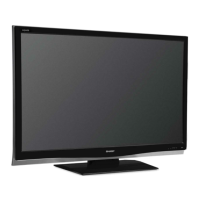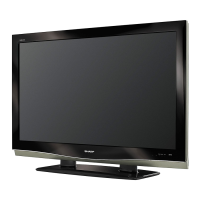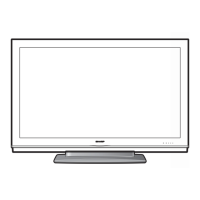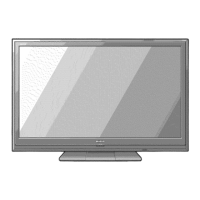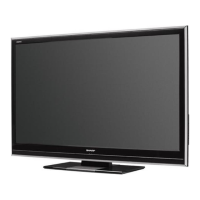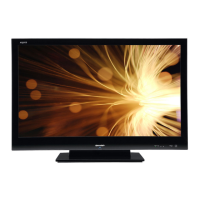Why is my Sharp AQUOS LC-46D77X remote control not working?
- MMichelle AndersonAug 13, 2025
The remote control might not be working due to several reasons. First, check if the batteries are correctly inserted, paying attention to the polarity (+ and -). If they are correctly inserted, try replacing them with new ones. Strong or fluorescent lighting, or a fluorescent light shining on the remote control sensor, can also interfere with the remote's operation.


